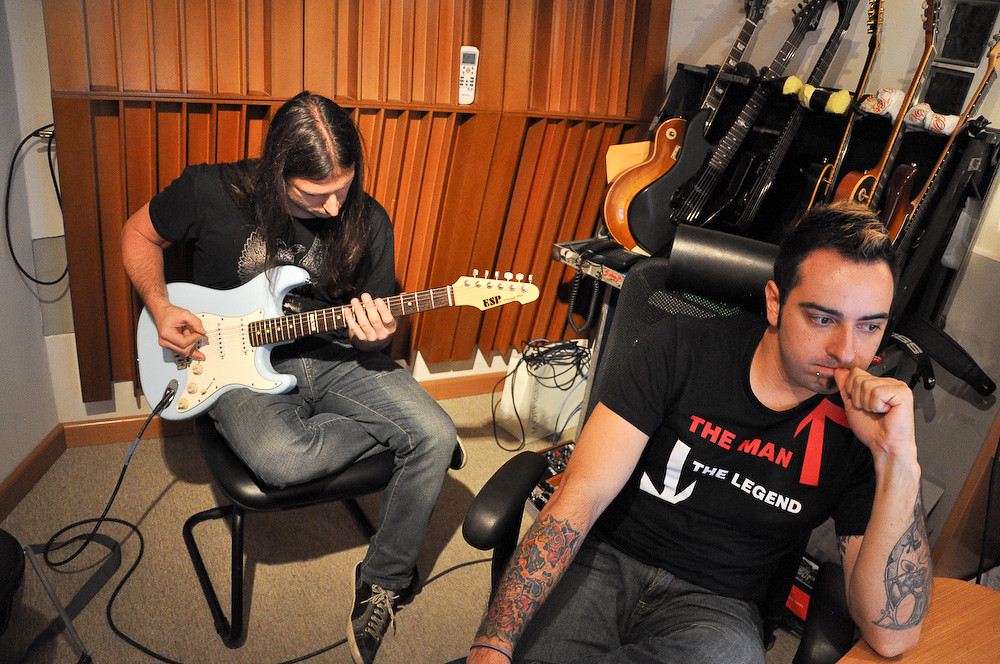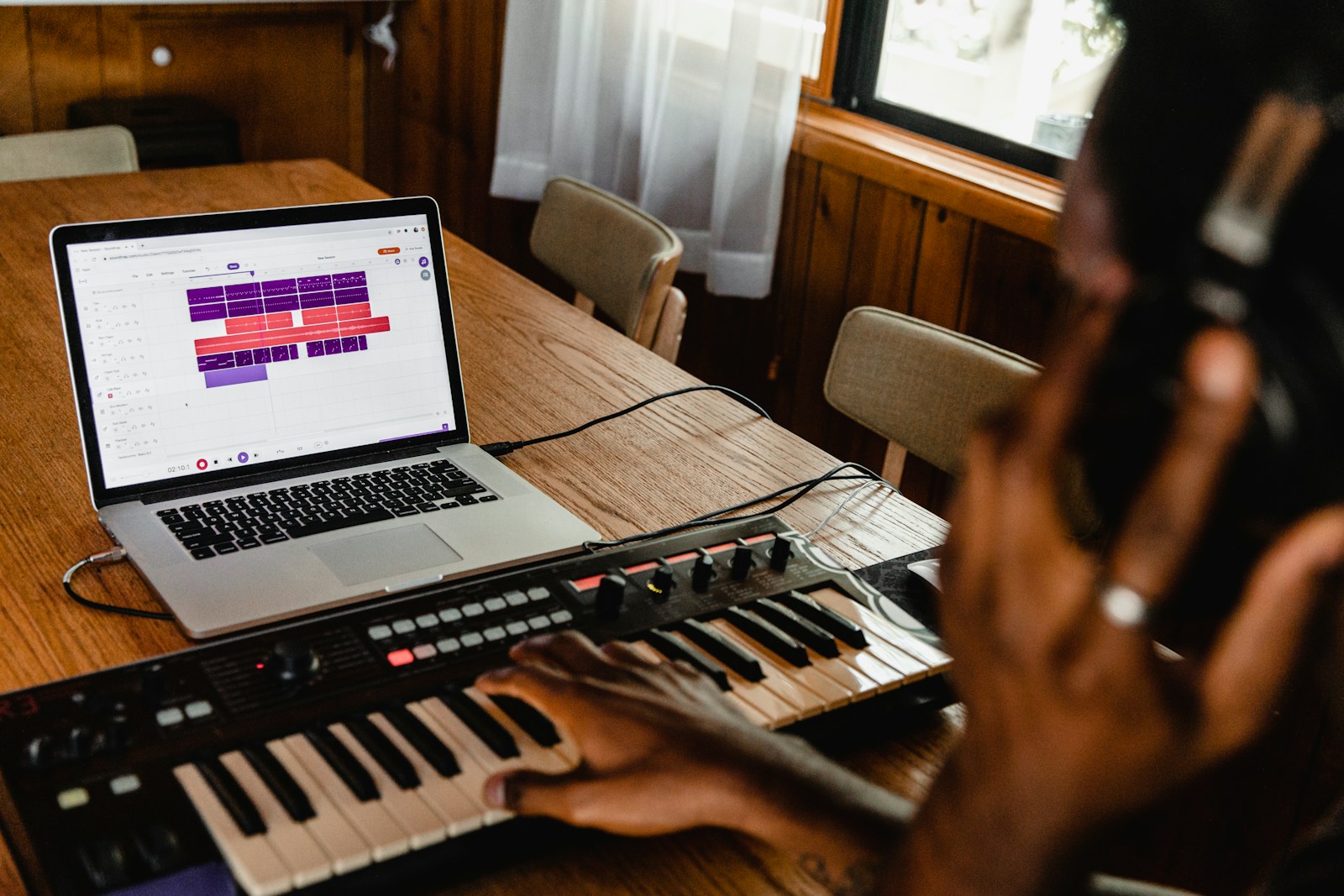Recording electric instruments and digital instruments can require slightly different approaches, depending on the specific instrument and the desired sound.

Recording Electric Instruments
When recording electric instruments, such as electric guitars, basses, and keyboards using microphones, it’s important to consider the following:
- Amplification: Electric instruments often require amplification to achieve their desired sound. This means that the microphone placement and selection is critical in capturing the tone of the instrument.
- Room acoustics: The acoustics of the recording room can greatly affect the sound of electric instruments. Some recording rooms may be too live and cause too much room reverb, while others may be too dead and lack warmth.
- EQ and effects: Electric instruments often have their unique EQ requirements and may require additional effects such as distortion, reverb, or delay. It’s important to experiment with these settings to find the ideal sound for the recording.
When recording electric instruments directly into a computer via an audio interface, there are several things to consider:
- Audio Interface: Ensure that you have a high-quality audio interface that can handle the input level and impedance of your instrument. You may need to adjust the input level on your audio interface to achieve the optimal recording level.
- Cable Quality: Use a high-quality cable to connect your instrument to the audio interface. A low-quality cable can introduce unwanted noise and interference into the recording.
- Recording Software: Use a recording software that is compatible with your audio interface and allows for low-latency monitoring. This will enable you to hear your instrument in real-time without any delay.
- Signal Processing: In post processing, consider adding some signal processing to your recording. This can include EQ, compression, or distortion to achieve the desired sound. However, it’s important to be mindful not to over-process the signal and lose the natural tone of the instrument.

Recording Digital Instruments
When recording digital instruments, such as synthesizers or software instruments, it’s important to consider the following:
- MIDI programming: Most digital instruments use MIDI programming to input notes and control the sound. It’s important to spend time fine-tuning the MIDI programming to achieve the desired sound and performance.
- Sound selection: With digital instruments, the sound selection is often critical. It’s important to spend time experimenting with different sounds to find the ideal one for the track.
- Automation: Digital instruments often have a vast array of automation options, allowing for dynamic changes in sound over time. It’s important to experiment with automation to find the ideal sound for the recording.
Overall, recording electric and digital instruments both require very different approach and attention to detail along with experimentation to achieve the desired sound. Understanding the unique characteristics of each instrument and how they work, is crucial in capturing its full potential.











































































































